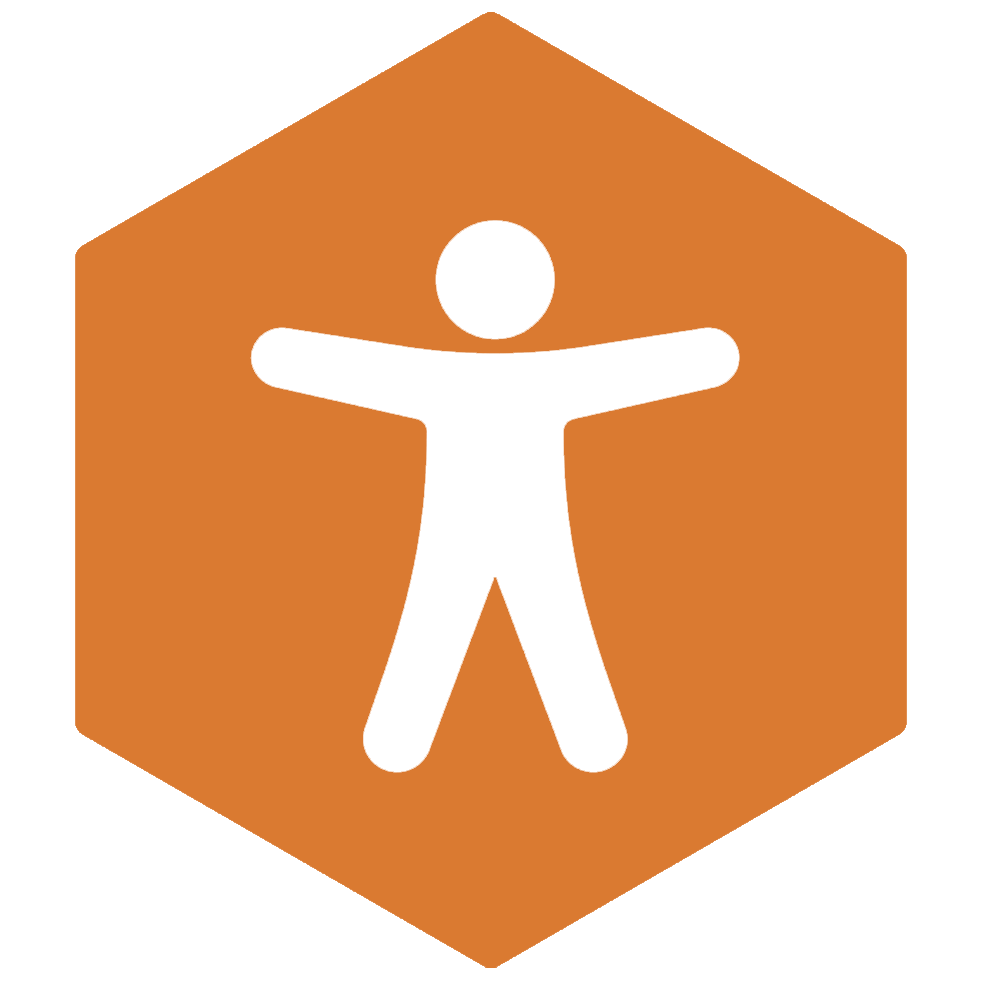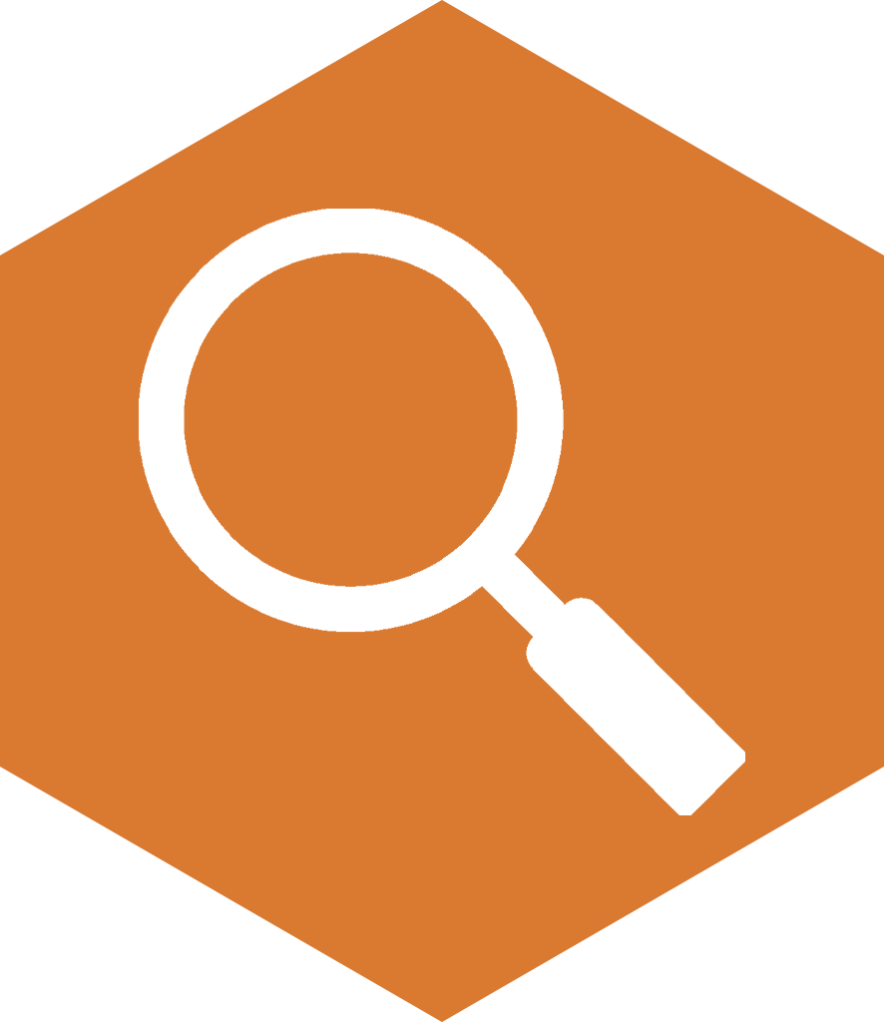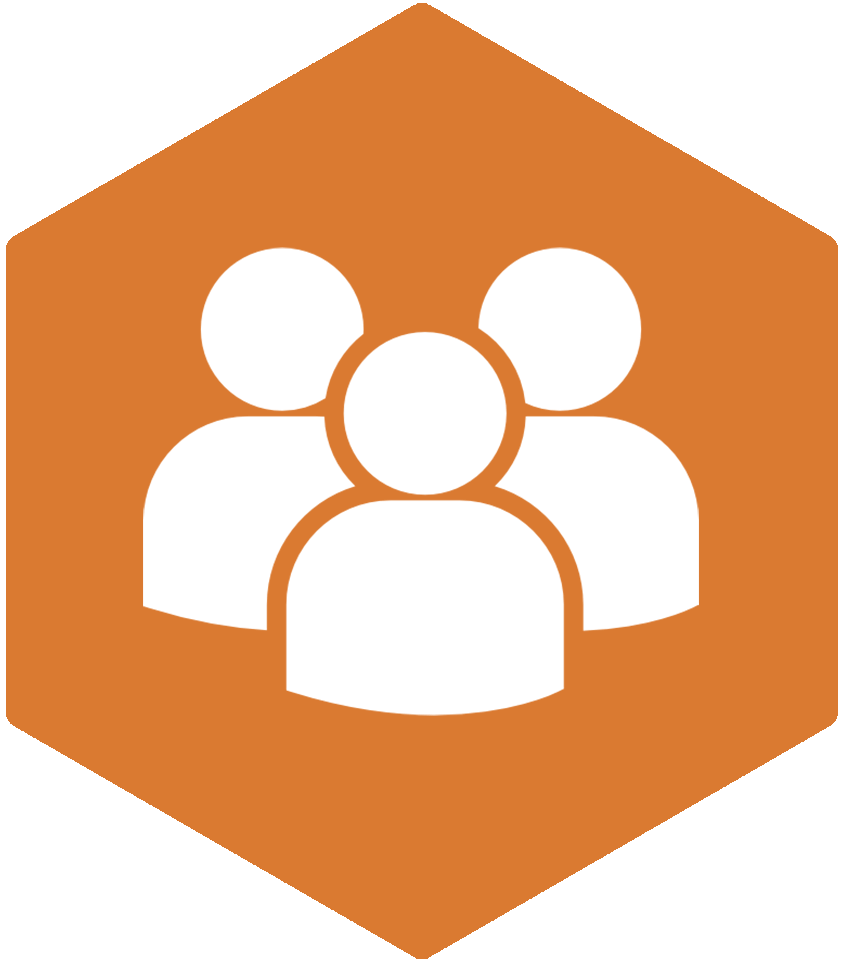Each year, WebAIM undertakes an accessibility evaluation of homepages for the top one million sites on the web. This blog breaks down the key findings for 2025 and ways to assess your own website’s level of accessibility.
The need for the Million Report

To give an insight into the current state of accessibility on the web, the non-profit leading provider of web accessibility, WebAIM conducts a comprehensive annual audit. With the use of WAVE’s automated scanning software, 1 million of the most influential homepages are assessed to see how many are likely to fail Web Content Accessibility Guidelines (WCAG) 2.2 level AA standards. Failing to meet web standards means that these companies aren’t providing an inclusive online experience for disabled people, stripping them of their independence and human rights.
Public sector organisations have a legal duty to ensure their platforms are accessible and comply with web standards. Even though this is the case, this year’s report findings still demonstrates that this legislation is being ignored, with government homepages averaging 37.2 errors within them and 47 across the education system’s sites. Whilst private businesses may only need to provide reasonable adjustments on their platforms, this may very well change in the future, as we’ve seen across the EU with the European Accessibility Act soon about to come into place. Either way, being accessible is the morally right thing to do and having a site built with usability at the forefront not only has vast benefits for all users, but also for businesses themselves.
Key findings from the 2025 accessibility report

In this modern day, with all the technology and guidance at our fingertips, you’d have thought things were on the up when it comes to organisations being accessible. Sadly, this still isn’t the case and digital accessibility is being overlooked or is often an afterthought.
The 2025 report has discovered 94.8% of the one million homepages tested had at least one WCAG failure on them. Although this year saw an overall slight decrease of 10.3% of detected accessibility errors compared to 2024, a staggering 50,960,288 distinct issues were still detected. This averages 51 errors per page that are having a notable impact on users.
Homepages are becoming more complex, with technical page elements increasing by 61% over the last 6 years. However, these advancements often aren’t built to be compatible with assistive technologies, such as keyboard only, screen readers, voice recognition, or magnification software. This results in users with disabilities expecting to encounter errors on 1 in every 24 homepage elements.
This year’s report also has highlighted another primary concern, which is a significant increase of errors found within lacking or misused ARIA code and inaccessible JavaScript frameworks and libraries contributing to the higher numbers of discovered errors.
Out of the top 6 most common WCAG 2 failures found in this year’s assessment, most are really simple fixes that would significantly improve accessibility across the web.
These include:

- 79.1% having low contrast text
- 55.5% missing alternative text on imagery
- 48.2% not having form input labels
- 45.4% having empty links
- 29.6% having empty buttons
- 15.8% missing document language
Along with other common errors, such as incorrect heading levels and missing skip links, causing problems with site navigation.
Remember, all these errors were discovered using only automated scanning software. Just imagine how many further errors would be found if manual accessibility testing was also conducted.
How to assess your website’s accessibility for free

Let’s make the web accessible for everyone. There’s many ways to do so, and assessing the accessibility of your website is most certainly an important one.
Using the free WAVE plugin that was utilised to compile the audit results for the Million Report is a great starting point. Free scanning software like this, enables you to identify basic accessibility errors across your platform. However, to get a true picture of your website’s usability, you need to also perform manual checks using a range of devices and varying assistive technologies.
Other effective free methods include:
- Signing up for one of our free accessibility health checks. We’ll conduct a free test using both automated scans and manual reviews with assistive technology to give you an overview on your site’s usability. You’ll gain a report and have free demonstrations of why your site may be presenting barriers for disabled users.
- Using a keyboard to see if you can navigate through your website, access all features and links, operate any controls, and visually see where you are on a page when tabbing through.
- Zooming into your website by 200% and seeing if any text overlaps and it is presented in the same order.
- Checking your website’s colour contrast ratios with a free checker.
- Learning how to write and design inclusive content.
- Checking your heading levels with a free Chrome extension, such as HeadingsMap.
Getting the full picture of your website’s user experience

Beyond this, for a more in-depth assessment of your platform, we would advise having a full accessibility audit test conducted. When choosing who to perform your testing, be sure to check that the company, as we do, undertakes:
- Automated software scans
- Manual user testing with assistive technologies
- Expert technical reviews of the website’s coding
Alternatively, we can provide empowering training for developers to learn how to perform their own accessibility audit testing or offer accessibility consultancy.
Get in touch with our experts to see how we can help you to achieve an inclusive user experience for everyone.
